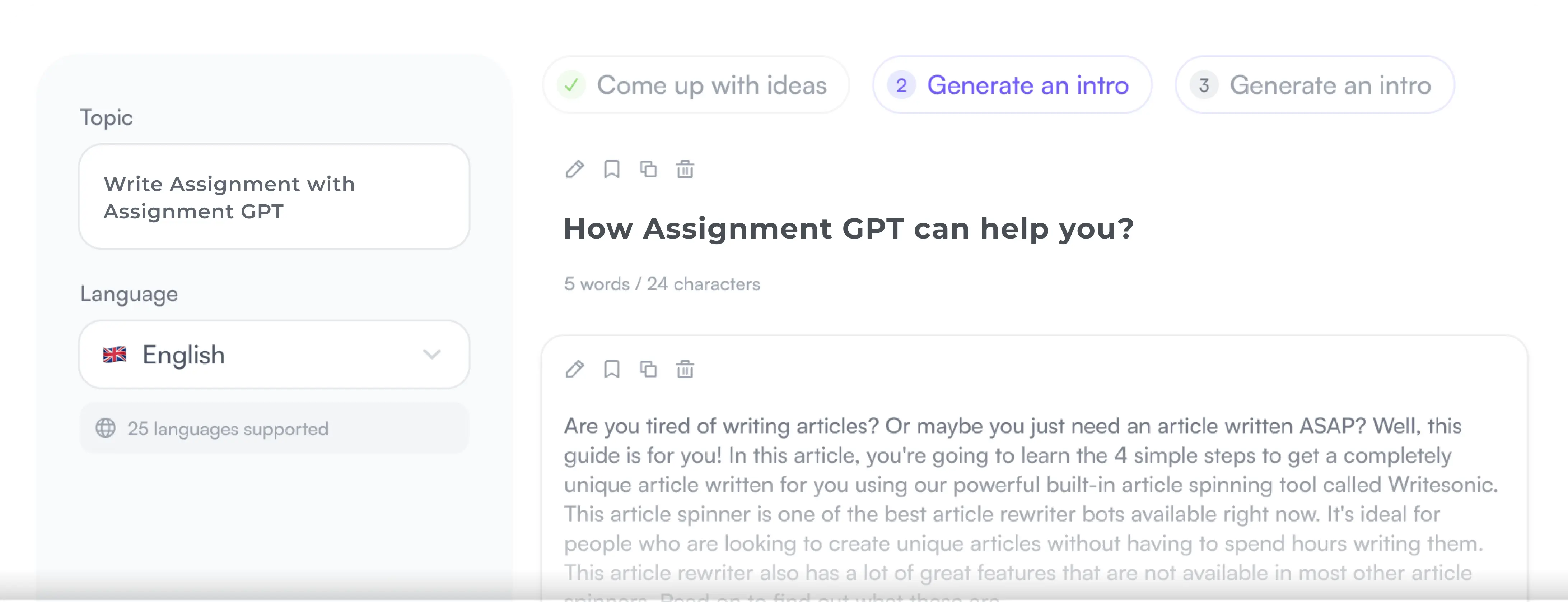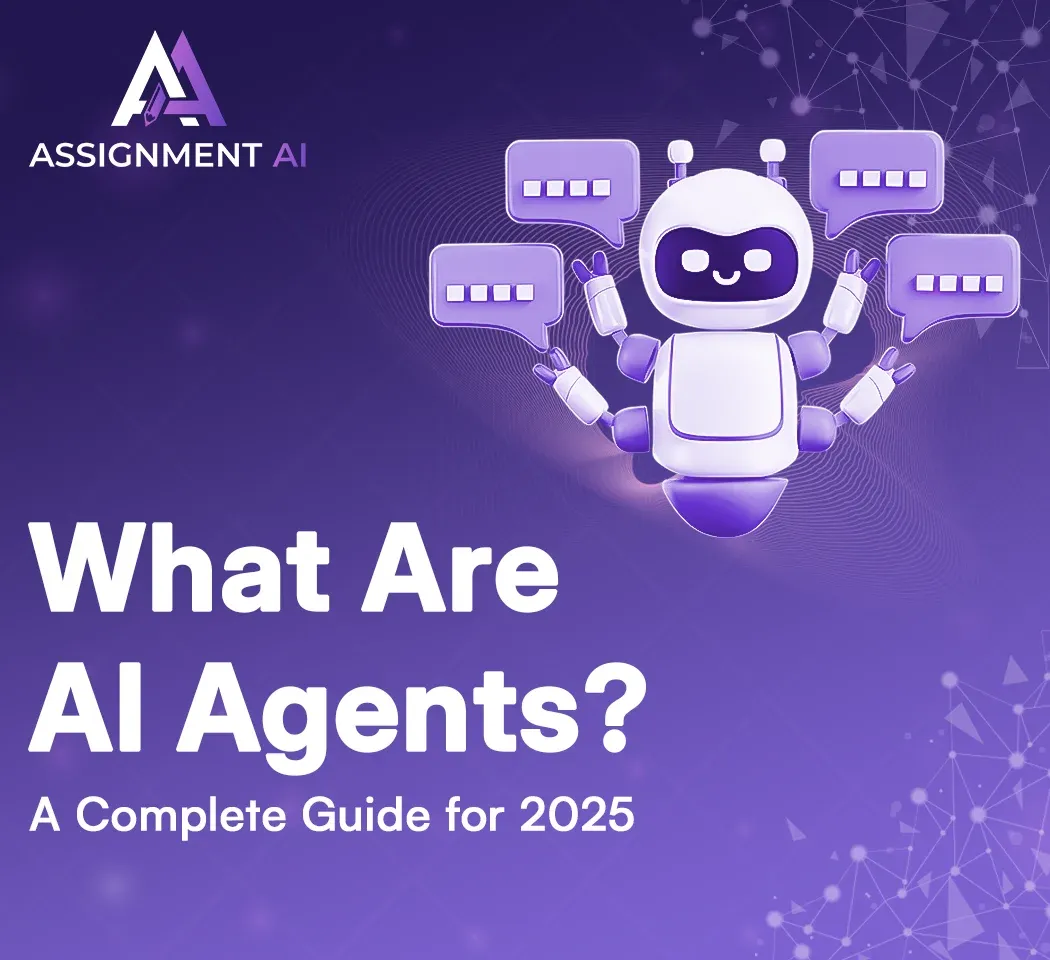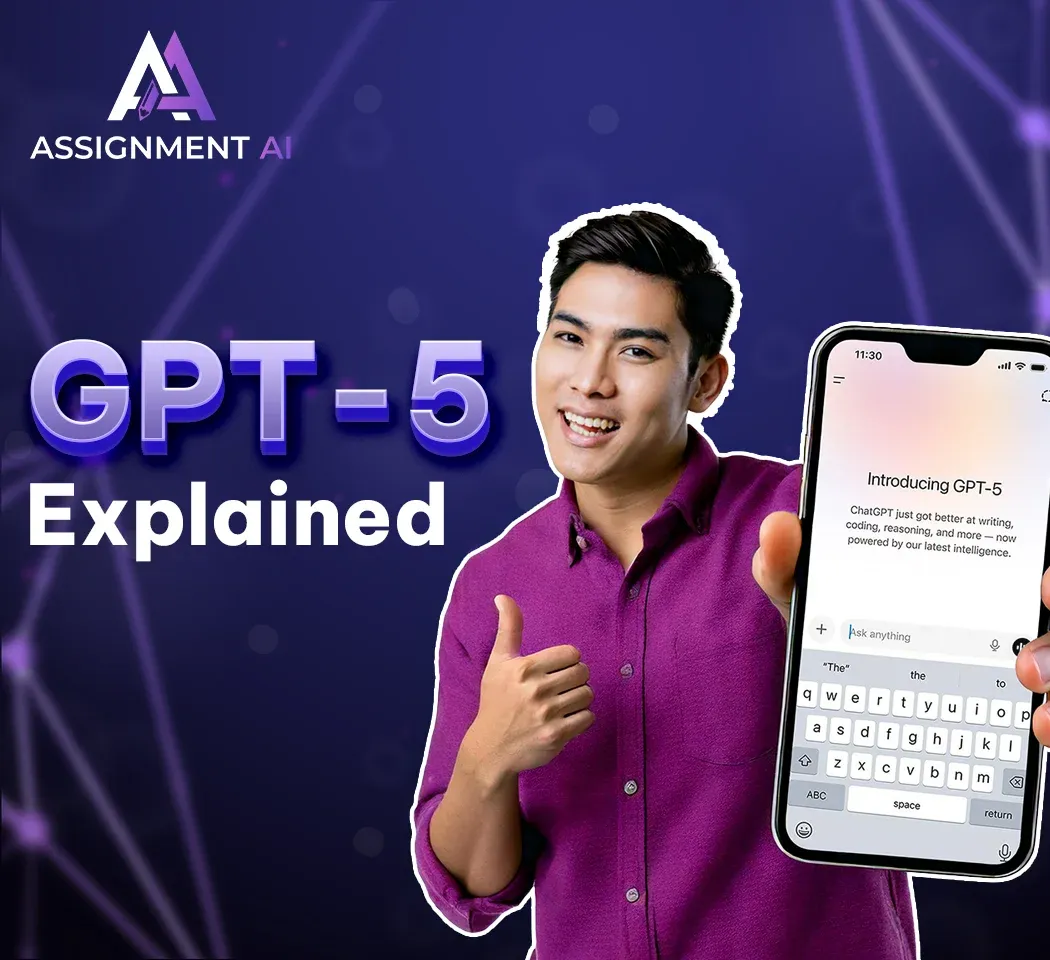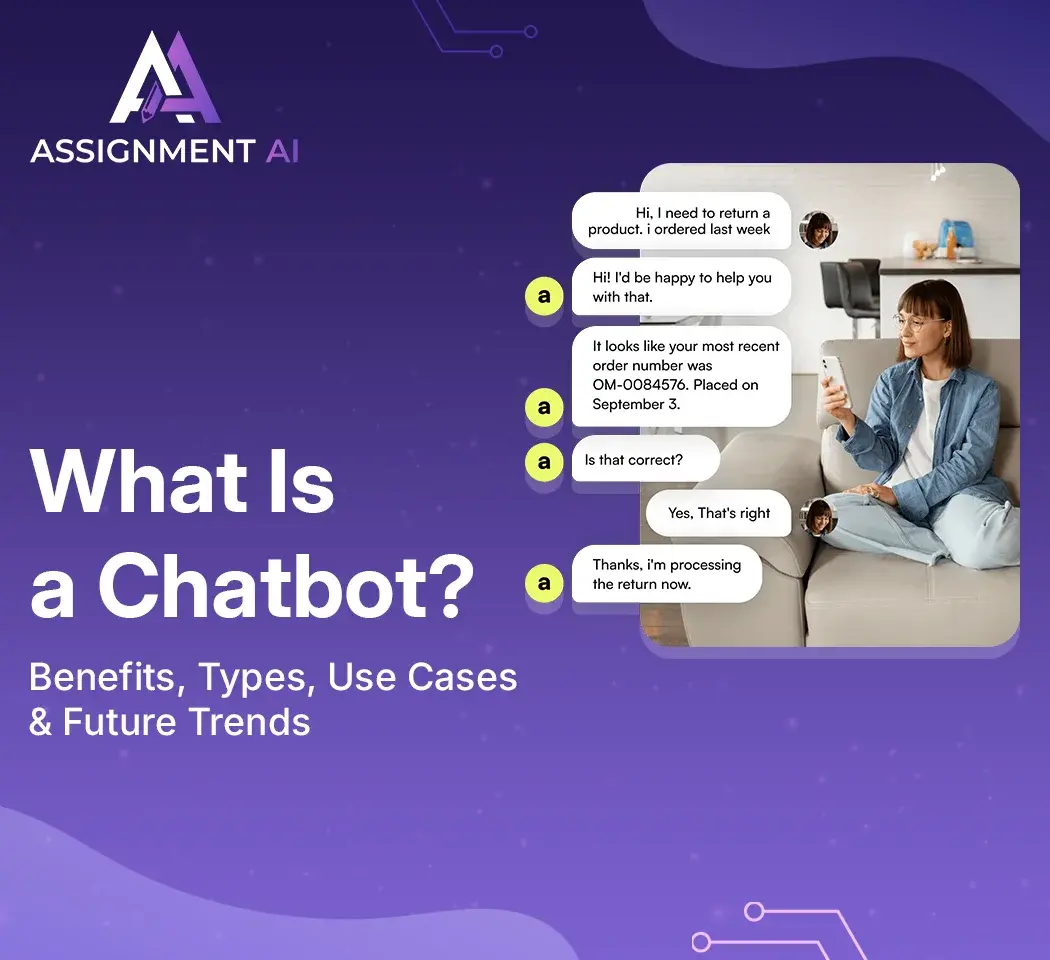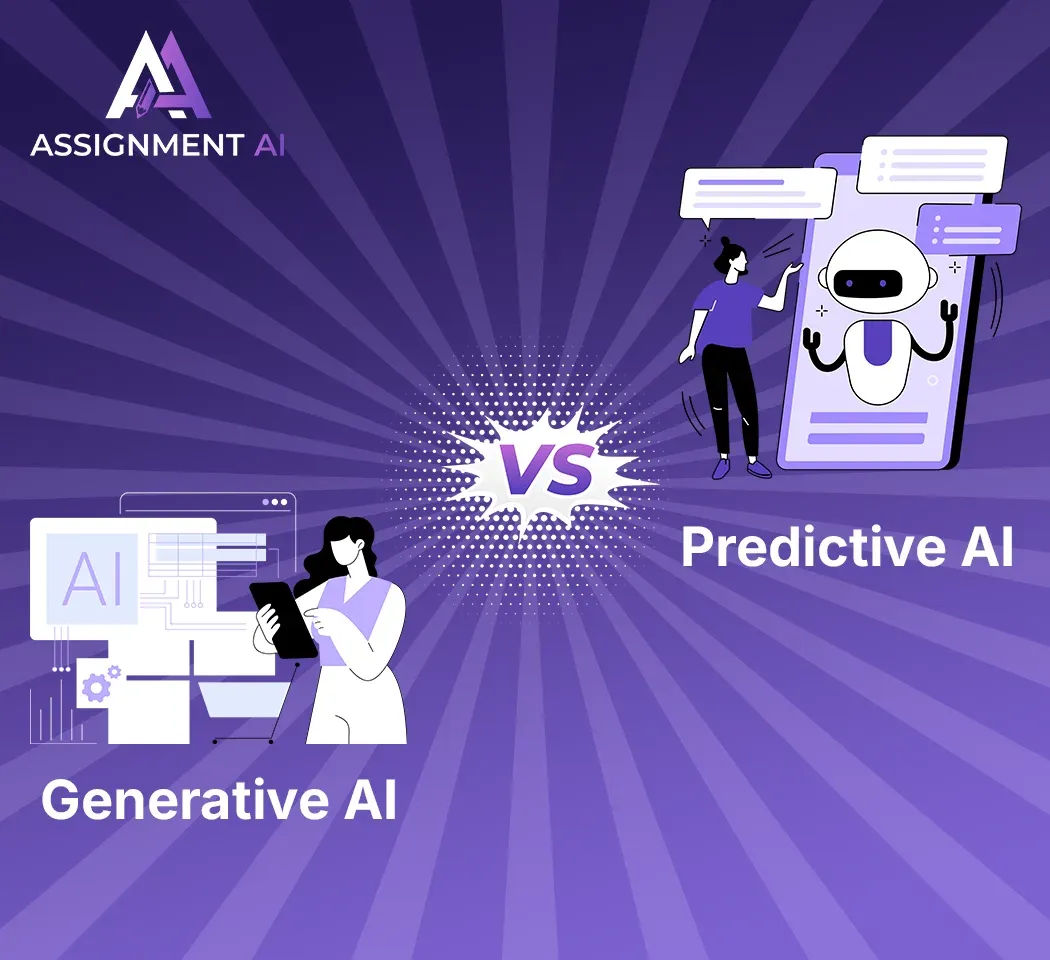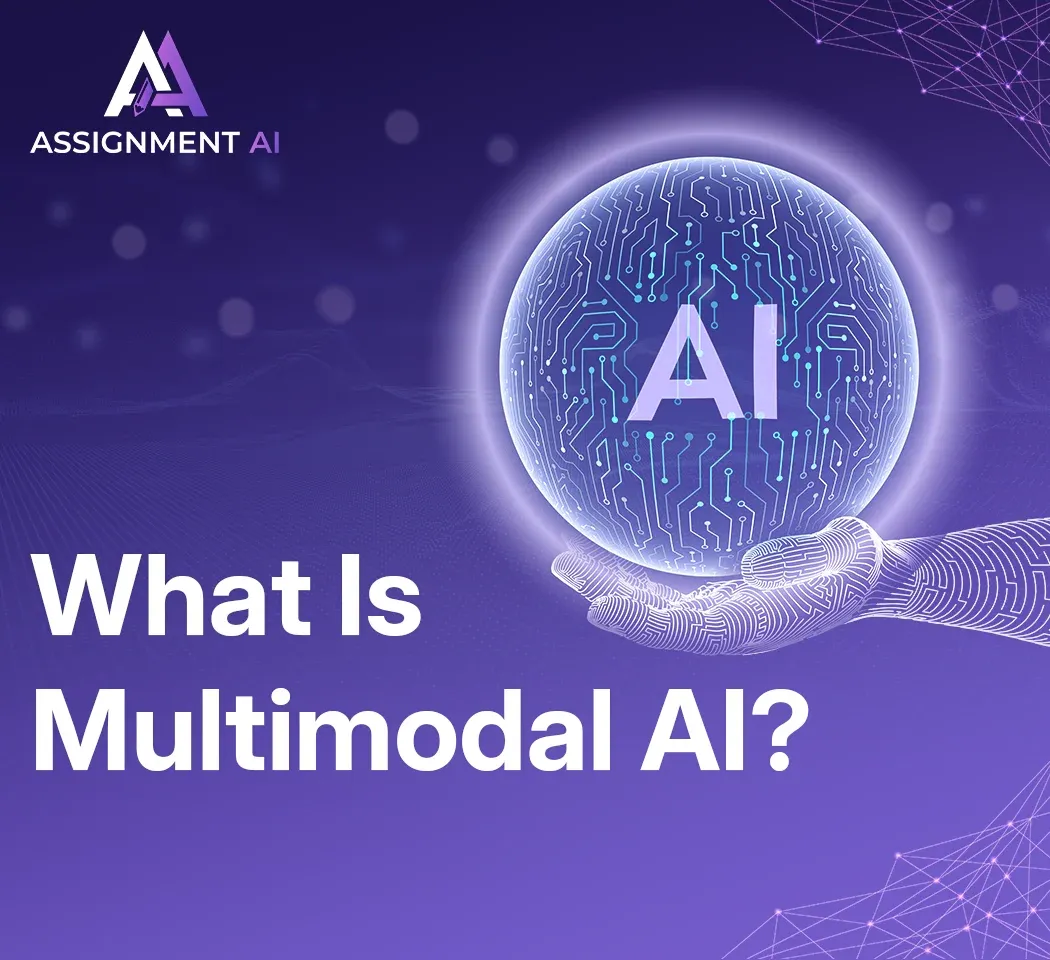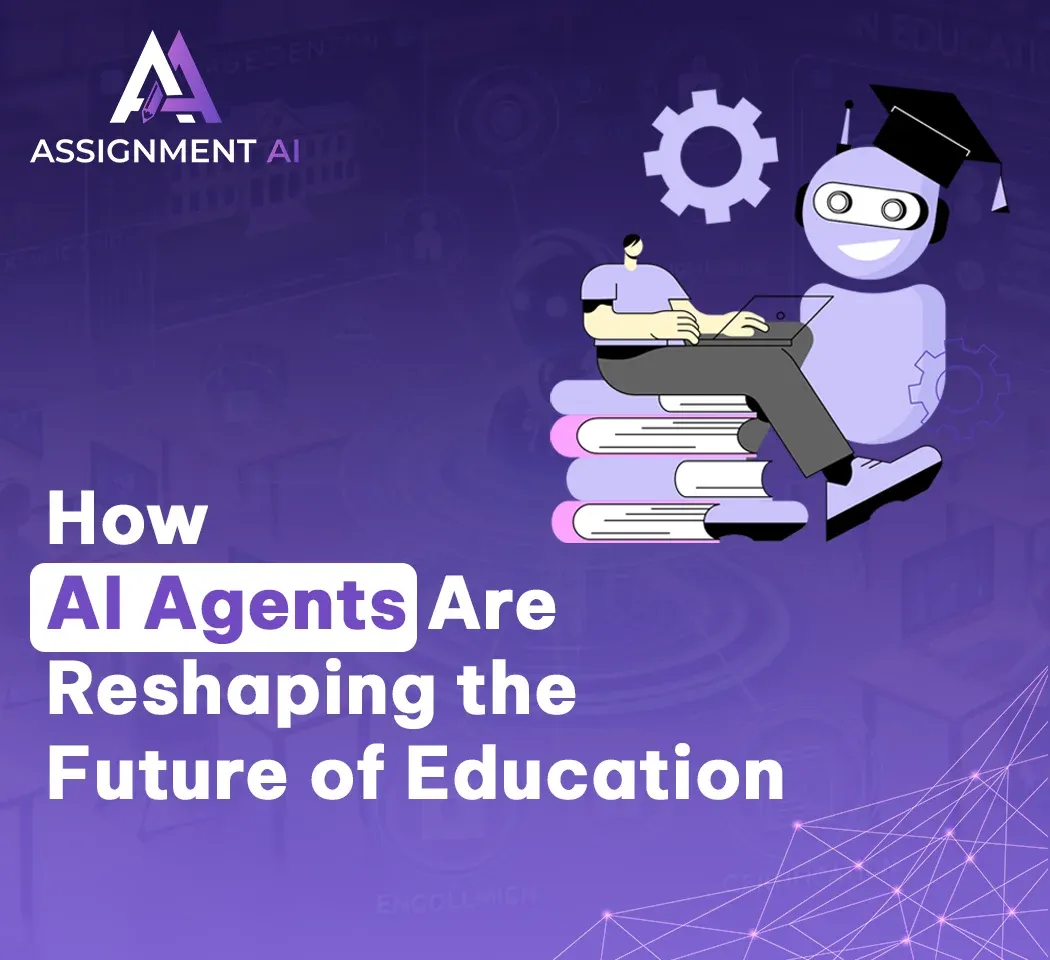AssignmentGPT Blogs
Artificial Intelligence (AI) has become a reality today beyond sci-fi films and has also become an essential part of our daily lives. When we unlock our phones with our faces or when we get personalized ads or content recommended to us, it is AI algorithms working behind all this, which keep tracking our behaviour and patterns. AI brings efficiency and automation in any industry, due to which even big problems can be solved easily.
But do you know that AI is not a single thing or AI is not a single subject, but it consists of several and all branches have unique goals, applications or working structures. Today, in this detailed article, we will know about the top 7 branches of AI which are having a huge impact on our day-to-day life.
Quick Summary
I have noticed most people who think that AI is a platform or some people consider AI as Robot or ChatGPT only, but in reality, Artificial Intelligence is a vast domain in which multiple interlinked subfields can be seen, which are trained to perform different human tasks like human intelligence. All these AI branches have the ability to learn, perceive and understand the human natural language. Hence, AI tools can solve problems easily, and it is easy for them to make decisions according to any situation, even if they can operate machines. All these different AI branches make the AI models or systems complete.
What is Artificial Intelligence?
If we understand Artificial Intelligence in simple language, then it is a subject which trains machines or software in such a way that they can perform tasks without human input or with less human input, and as the experience of the system or tool increases, its working capabilities also keep on increasing. Today, AI is being used for normal as well as advanced tasks. You can see AI in its own form from simple activities like recognizing speech or text to autonomous vehicles or diagnosing diseases. AI gives machines or software capabilities to observe activities, learn and make decisions, and as we have already known over time, it can operate quite well even without human intervention.
What are the Basic Components of AI?
AI is a very vast domain which contains many branches, subfields and their different models and the core working of all is designed for a specific task or purpose. When AI works, it works by enabling several foundational elements, and for this, it uses many different components. Let us know about the basic components of AI in some detail.
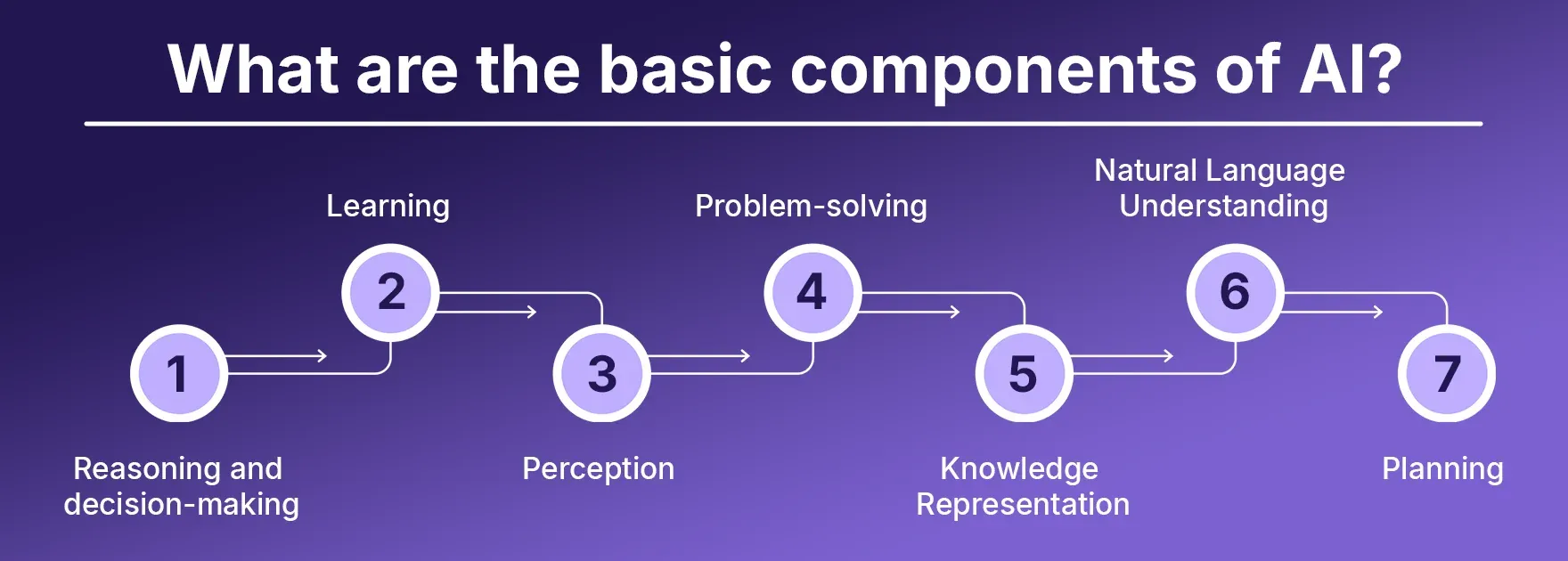
1. Reasoning and Decision-Making
AI uses logical algorithms and probability models so that it can think and do reasoning like humans, so whenever you ask Siri or Alexa a question, the answer you get is not the same as what was already stored in them, they first try to understand your language and try to give an accurate answer according to that by using natural language understanding.
2. Learning
AI’s different components allow systems to improve with experience. Machine learning and deep learning are prime examples where models get better with more data. It has been seen in AI models that as the training data is vast then the AI capabilities and answer accuracy also become higher.
3. Perception
Just like we use our senses, AI systems perceive their environment through cameras, microphones, and other sensors. Computer vision and speech recognition fall into this category. Autonomous cars, which have sensors and 3D cameras, are the best example of this because they try to perceive the external environment through sensors.
4. Problem Solving
AI solves specific challenges by applying algorithms to find the best outcomes. For example, chess-playing AI determines optimal moves by evaluating millions of possibilities. Moreover, if AI models like Claude or ChatGPT are asked advanced situational questions, they will still give you the best solution, which a human would never be able to do so quickly.
5. Knowledge Representation
AI stores knowledge in a structured way to be retrieved and used efficiently. When you ask a question to AI models, they try to answer your question in a very sequential format by understanding it, so that you get the answer quite accurately.
6. Natural Language Understanding
In all AI, understanding of natural language is mandatory, because AI has to interact with humans only, so they have the capabilities to understand natural language, so that they understand human language easily and give answers accordingly. All Chatbots and Advanced AI have the feature of understanding natural language.
7. Planning
AI algorithms and systems are very well planned, so AI performs actions in sequence so that it can achieve a specific goal. Industries or manufacturing robotic hands also follow these models.
Also read this article : Pros and Cons of Artificial Intelligence
Best Branches of Artificial Intelligence
In artificial intelligence, we get to see many branches and subfields, but let's now know about the top 7 AI branches that are having a lot of impact in the core operations of different industries.
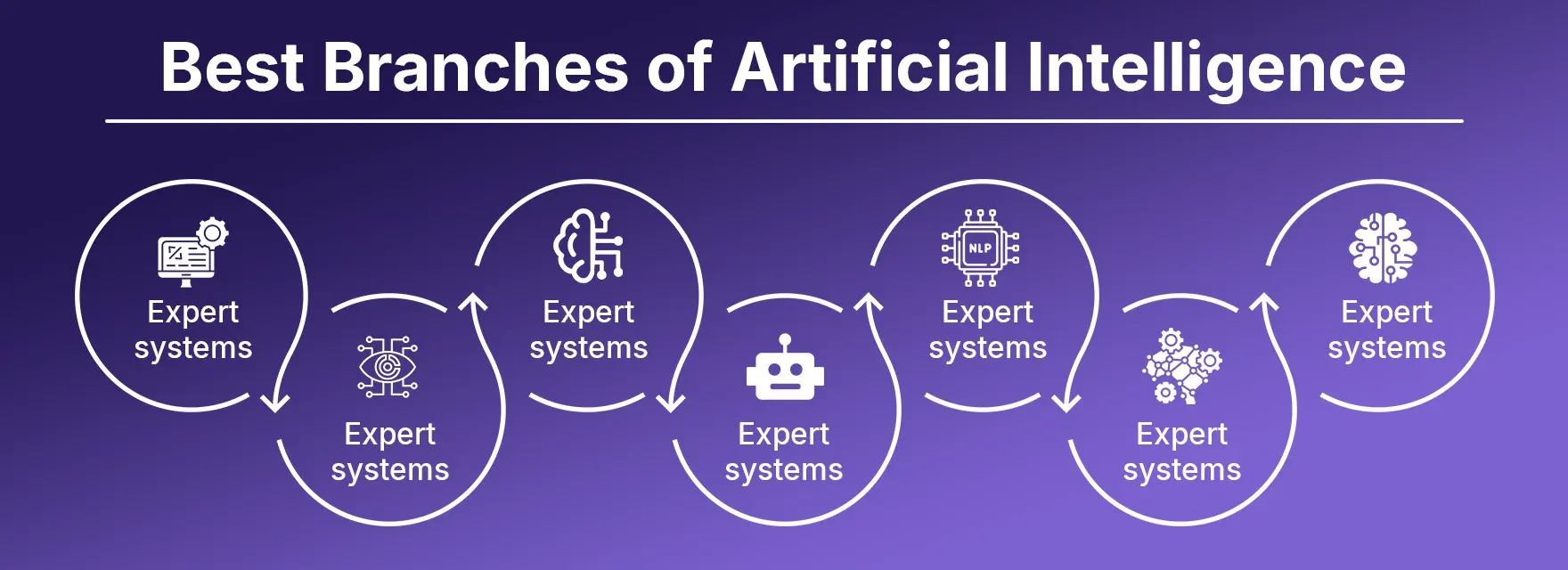
1. Expert Systems
Expert systems are AI programs designed to simulate the decision-making ability of a human expert. They use a set of rules ("if-then" logic) and a knowledge base to solve specific problems within a specific task domain. When AI models are trained, they are given information about fixed systems and paths so that AI programs have accurate prediction capabilities according to that path.
Use Cases: Expert systems are used for medical diagnosis, financial advising, and tech support systems.
Example: A medical expert system can analyze patient symptoms and suggest possible diseases and treatments. Many medical experts have started using AI expert systems as a first line of screening.
2. Computer Vision
Computer Vision gives machines the ability to see, interpret, and understand images and videos, much like how we use our eyes and brain, whenever you upload any file, image or audio on ChatGPT or any other AI platform, the computer vision of the AI platform scans it so that it can understand your input and answer you.
Object Tracking: Computer vision allows AI to scan the object or data of any image, audio or other file. For example, if you upload a video on the AI platform, it can easily track the movement of the subject with the help of object tracking.
Image Classification: AI can categorize images based on content. Google Photos or AI platforms use this model to sort photos.
Facial Recognition: Facial recognition and security systems in phones work on this computer vision model.
3. Machine Learning
Machine Learning (ML) enables systems to learn from data rather than being explicitly programmed. It's like teaching your system by showing examples instead of giving instructions. Even in their training, they are provided with different situations and data so that they can gather information about situational actions can take accurate action on different situations.
Supervised Learning: In this, you give the system labelled data (e.g., pictures of cats and dogs) and it learns to recognise them. Complex reasoning becomes easy only because of machine learning.
Unsupervised Learning: The system finds patterns in data without labels; that is, whenever any data or input is uploaded, it tries to learn the data according to its sequence format.
Reinforcement Learning: The system learns by trial and error, like training a dog with treats and expertise. So, mostly AI platforms or models spend a lot of time and undergo beta testing in AI training to avoid mistakes.
4. Robotics
Robotics combines AI with mechanical engineering to build machines that can perform tasks autonomously or semi-autonomously. In robotics, the role of mechanical, software and artificial intelligence is quite important for complex coordination and action orientation.
Applications: Manufacturing (robotic arms), space exploration (Mars rovers), and healthcare (surgical robots) are the best applications of AI, which is rapidly being used in countries' core operations.
Example: Amazon's or Flipkart's warehouse has robots that sort packages efficiently. This is the best example of using AI in robotics for automation. Robotic hands are also used in many manufacturing industries.
5. Language Processing (Natural Language Processing - NLP)
NLP is the branch of AI that helps computers understand, interpret, and respond in human language. When you ask any question to an AI Chatbot, it understands your question from the NLP model and gives the output accordingly.
Virtual Chatbots: NLP provide real-time support, often without users realising they’re not chatting with a human. NLP Chatbot tries to behave like a professional or sincere human.
Spam Detection: NLP AI or platforms filter out unwanted emails based on content analysis. This helps many industries avoid spam and online scams.
Sentiment Analysis: NLP helps companies understand public opinion from social media or reviews. This also helps AI to train different cultures and their beliefs.
6. Neural Networks / Deep Learning
Inspired by the human brain, neural networks use interconnected layers of nodes (neurons) to process information. And their deep learning uses multiple layers to identify complex patterns. Components of Deep learning concepts have also been used in Deep reasoning models.
Applications: Deep learning is used in voice assistants, image recognition, and language translation.
Example: Netflix or YouTube recommends movies or videos based on deep learning models trained on your watching history.
7. Fuzzy Logic
Fuzzy logic tries to work or react like humans, like how humans make decisions when the information is imprecise or uncertain.
Rule Base: Contains conditional "if-then" statements.
Fuzzification: It converts inputs into degrees of truth. And you will also see that it has created fuzzy logic by calculating the probability of the occurrence of any situation.
Inference Engine: Fuzzy engines apply rules to make decisions or reactions.
Defuzzification: It converts fuzzy results into a specific output.
Example: Air conditioners are the best example of fuzzy logic that adjust temperature based on a "comfort level" rather than an exact value.
Conclusion
If you are a tech user or a science student, then it is very important for you to understand the different branches of AI because this will give you an idea as to which branch or model will be used ultimately, and this will enable you to utilise the full potential of AI. Today, whether it’s improving healthcare, automating factories, or enhancing your daily online experience, each branch plays a vital role.
In the future, all the core departments of the industry will already be replaced by AI systems and behind this, the evolved models of these different branches will play an important role. Apart from this, if you are a science student or if you need help in creative code generation, then you can prefer AssignmentGPT creative code generator tool. With this, you will be able to easily generate codes for your projects and improve your tech and AI knowledge. In this detailed article, we have tried to understand these futuristic AIs in a simple way by differentiating them.
FAQs
1: Is Machine Learning the same as AI?
2: Can I learn AI without a technical background?
3: What are the real-world applications of NLP?
4: How is computer vision used in daily life?
5: Why is fuzzy logic important?
Content writer at @AssignmentGPT
Ashu Singh, content writer at AssignmentGPT, crafting clear, engaging content that simplifies complex tech topics, with a focus on AI tools and digital platforms for empowered user experiences.
Master AI with
AssignmentGPT!
Get exclusive access to insider AI stories, tips and tricks. Sign up to the newsletter and be in the know!

Transform Your Studies with the Power of AssignmentGPT
Empower your academic pursuits with tools to enhance your learning speed and optimize your productivity, enabling you to excel in your studies with greater ease.
Start Your Free Trial ➤Start your success story with Assignment GPT! 🌟 Let's soar! 🚀
Step into the future of writing with our AI-powered platform. Start your free trial today and revolutionize your productivity, saving over 20 hours weekly.
Try For FREE ➤